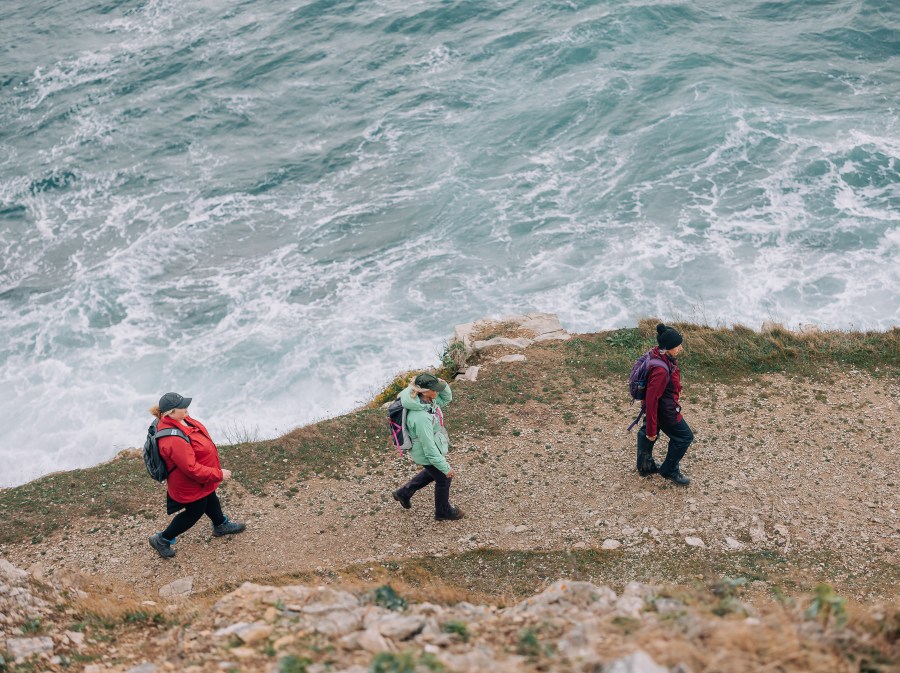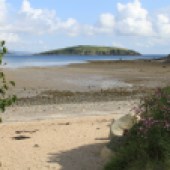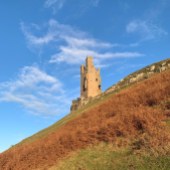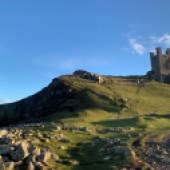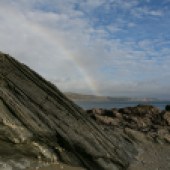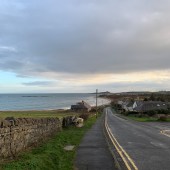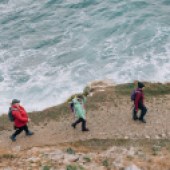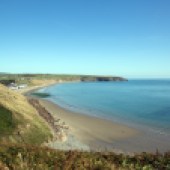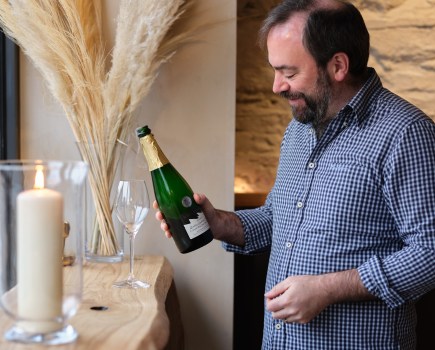Coast is partnering with the Ramblers each month to promote coastal walking. In this month’s column, JAMES MacCOLL, head of policy, advocacy and campaigns, explains how positive action has opened up routes for walkers.
Nothing compares to the freedom of exploration. To leave the path behind, wander without constraint and reconnect with the natural world. In England and Wales, we call this the freedom to roam. And it’s something the Ramblers campaigned hard to achieve.
Back in 2000, the UK government introduced a landmark piece of legislation: The Countryside and Rights of Way (CROW) Act. Three million acres were opened up for public access and for the very first time, we were given the freedom to roam over mountain, moor, heath and down.
From the tors of Dartmoor to the fells of the Lake District, we now had the freedom to venture off footpaths without the fear of trespassing. If you’ve ever gone walking in those areas, you’ll likely have enjoyed the benefits of the freedom to roam, even if you didn’t realise it at the time.
And we didn’t stop there. One landscape was noticeably absent from the CROW Act: cliffs and the foreshore. Five years later, in 2009, we achieved another significant victory in our campaign for access with the introduction of the Marine and Coastal Access Act and the creation of the England Coast Path. Newly-renamed as the King Charles III England Coast Path, this new National Trail will not just be the longest continuous coastal walking trail in the world; it is also a corridor of access, expanding our freedom to roam to the coastal areas that had been neglected in 2000.
Due to be fully walkable by the end of 2024, the coast path is currently being opened in stretches. And so far, Northumberland is leading the way. And with its wide sweeping beaches, rocky headlands and dramatic castles, it’s the perfect place to experience all that the England Coast Path has to offer.
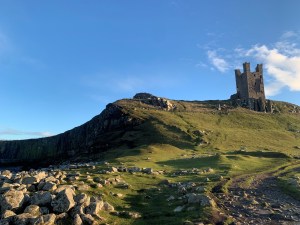
This circular route around Embleton Bay is particularly special. Starting in the unspoiled fishing village of Craster, renowned for its smoked kippers, you’ll head through the village and pick up a footpath at the end of Norwell Brow. Emerging through a gate onto open pasture, you’ll pass two concrete buildings on your left, the remains of Craster’s secret Second World War radar post. Dropping down diagonally along sheep tracks, Dunstanburgh Castle, a ruined 14-century fortress, will loom into view.
The ruins of the castle cast a melancholic spell over one of the emptiest, most beautiful stretches of the Northumberland coast. Rising from a headland protected on two sides by sheer cliffs and on the other by a deep ditch hewn from solid rock, the fortress was erected in the 14th century, ostensibly to ward off marauding Scots, but also as a symbol of the power and rank of its redoubtable creator, Thomas Earl of Lancaster.
Skirting round the castle, via Earl Thomas’ medieval ditch, will bring you onto the coast path and the Embleton golf course. After five or so minutes, the black rocks to your right will give way to Embleton Bay, one of the county’s finest beaches. After walking along the sand, you’ll cut left back into the golf course before reaching a bend in the river and re-joining the beach.
Rounding the point, you’ll reach Low Newton by-the-Sea, a pretty enclave of cream-washed cottages around a little green. The Ship Inn, serving home-brewed beer and fresh lobster, is the ideal spot for a halfway stop.
Picking up the path behind the inn, you’ll follow a track along the back of the pub and out along the foot of the dunes. Reaching a fork, you’ll bear left toward Newton Pool Nature Reserve, a famous bird watching hotspot. Heading uphill through the dunes, you’ll emerge back onto the golf course and the sandy trail followed earlier. Now, you’ll retrace your steps back towards the castle, passing the main gatehouse, and following the coast path through grassy pasture all the way back to Craster.
You can find a full route description here: tinyurl.com/3urrcmbe
THREE MORE TO TRY…
Inspired to try out a route which may be closer to home? Check out these three great additional routes:
Llŷn Peninsula, Gwynedd
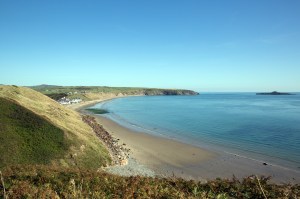
This walk takes in a splendid stretch of the Welsh Coast Path, taking you round the tip of the Llŷn Peninsula – known as the Land’s End of North Wales – with fine views across to Bardsey and along the coast. tinyurl.com/4z499hw9
Hannafore, Cornwall
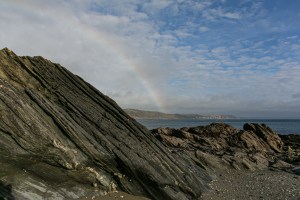
A picturesque circular walk with stunning coastal views, and a mixture of coast path, footpaths across farmland, country lanes, woodland trails and riverside paths. tinyurl.com/bdddy4pv
Balcary Bay and Loch Mackie, Galloway
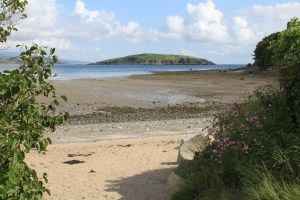
Balcary Point and Loch Mackie illustrate the diversity of landscape in Galloway. This spectacular route has good paths and wonderful scenery throughout plus a wonderful array of wildlife including kittiwakes, cormorants, sea pinks and purple orchids. tinyurl.com/y4cvjkvy
SIGN OUR PETITION TO EXPAND THE FREEDOM TO ROAM
The Countryside and Rights of Way Act gave us access to some of the most dramatic landscapes in England. But currently, the freedom to roam only covers eight per cent of the countryside. And it is not equally spread.
Currently concentrated in the Lake District, the Peak District and the Yorkshire Dales, the land where we have the freedom to roam is out of reach for many of us. And it is our most deprived communities who are furthest away. Our research shows that residents of our most deprived areas have to travel 48 per cent further to enjoy the freedom to roam, with that figure rising to 73 per cent for our most ethnically diverse neighbourhoods.
We want everyone to experience the joy that comes with the freedom to roam. So we’ve launched a campaign to expand it. In 2000, we took our first step towards opening the way for everyone to explore and enjoy the outdoors. Now, we can bring those benefits to millions more.
We want to bring the freedom to roam closer to everyone’s doorsteps. So we’ve launched a petition calling on the government to expand it to cover woodlands, watersides and more downland. Adding woodland alone would have a huge impact, bringing land where we have the freedom to roam within a 20-minute walk of our most deprived groups.
Where we have the freedom to roam, its benefits are clear. Now, we need to bring those benefits far closer to the millions of us who are disconnected from nature. Join us today by signing our petition: mailchi.mp/ramblers/freedomtoroam

